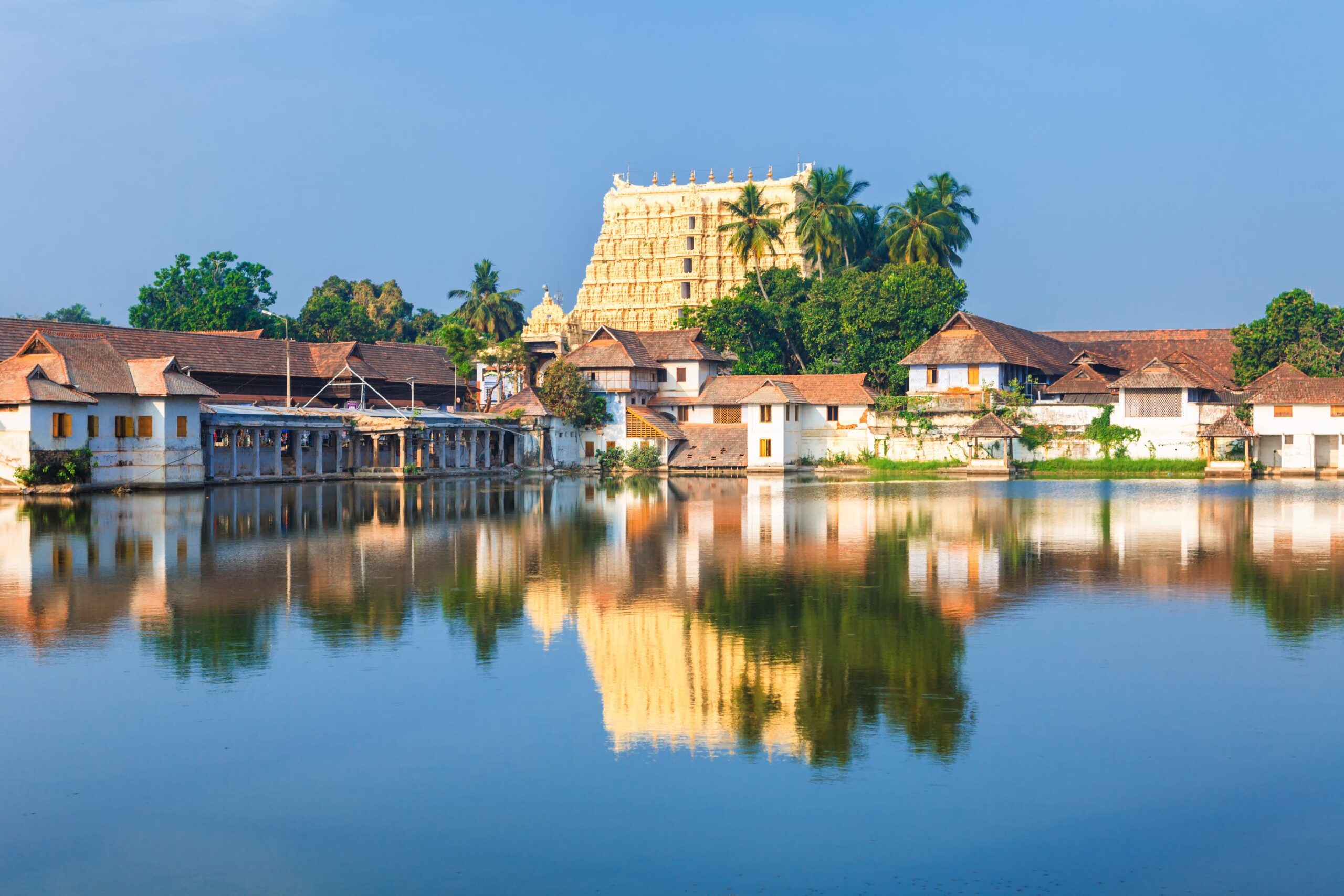Temple Location
Today Closed UTC+5.5
03:30 AM - 12:00 PM
04:30 PM - 07:30 PM
-
Monday
03:30 AM - 12:00 PM 04:30 PM - 07:30 PM
-
Tuesday
03:30 AM - 12:00 PM 04:30 PM - 07:30 PM
-
Wednesday
03:30 AM - 12:00 PM 04:30 PM - 07:30 PM
-
Thursday
03:30 AM - 12:00 PM 04:30 PM - 07:30 PM
-
Friday
03:30 AM - 12:00 PM 04:30 PM - 07:30 PM
-
Saturday
03:30 AM - 12:00 PM 04:30 PM - 07:30 PM
-
Sunday
03:30 AM - 12:00 PM 04:30 PM - 07:30 PM






